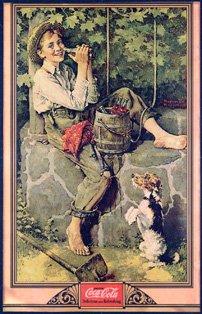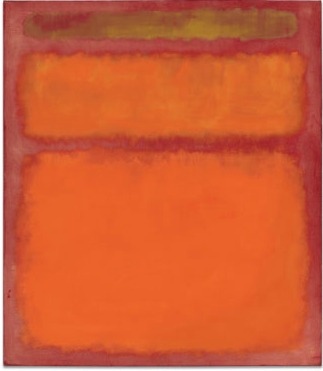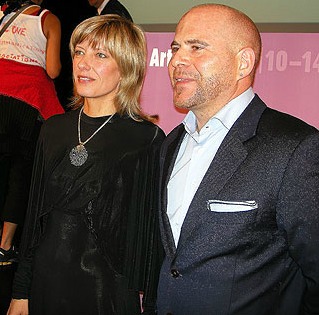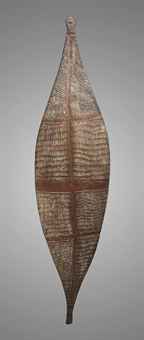 Master dealer Ernst Beyeler died more than two years ago, but he’s still receiving tributes — not least in the auction results achieved at Christie’s last Thursday.Â
Master dealer Ernst Beyeler died more than two years ago, but he’s still receiving tributes — not least in the auction results achieved at Christie’s last Thursday.Â
Beyeler is known as “Europe’s pre-eminent dealer in modern art,” as his obituary in The New York Times put it in February, 2010, but he was more than that; he was a true connoisseur, with a “discerning eye [and] refined taste” in many categories. 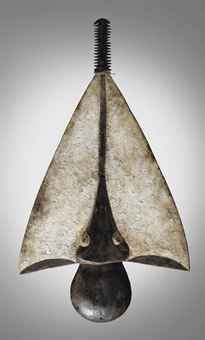
That was amply demonstrated again at Christie’s sale of the Arts of Africa, Oceana and the Americas (sometimes known as tribal art), which was announced in mid-April. That announcement, in part, read:
The genesis of Beyeler’s tribal art odyssey occurred in the late 1950’s. He held his first exhibition of African art in 1958, during a time when ‘tribal’ works of art were reaching an international stage in the post-War art world.  He maintained his interest in tribal art over the years as someone who clearly understood it as key to the language of Modern art. The African, Oceanic and Pre-Columbian works of art from Beyeler’s collection demonstrates [sic] the continued relevance of tribal art within the contemporary art world today.  Many of the sculptures offered in the sale, such as the Pre-Columbian works of art, lined Beyeler’s wall since the early 1960’s.
What caught my eye was the results. In a sale that totaled $1.6 million, 98% of the lots sold, and 100% of the lots Beyeler owned sold — at prices far above their estimates. Of the Top Ten lots, nine were owned by, sold by or exhibited by Beyeler. Let’s look more closely at them (in order of sale, not value brought), with their presale estimate first, followed by the sale price including the buyer’s premium in bold:
- Lot 1*: $3,000 to $5,000; $116,500 (pictured above right)
- Lot 6: $80,000 to $120,000; $314,500
- Lot 8: $20,000 to $30,000; $60,000 (pictured below right)
- Lot 15*: $8,000 to $12,000; $266,500 (pictured above left)
- Lot 20: $10,000 to $13,000; $47,500
- Lot 22: $5,000 to $8,000; $47,500
- Lot 23: $30,000 to $50,000; $62,500
- Lot 24: $30,000 to $40,000; $60,000
- Lot 36: $6,000 to $9,000: $47,500
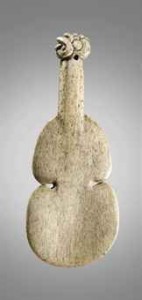
In the Top Ten, only Lot 31, estimated at $20,000 to $40,000 and fetching $80,500, didn’t have Beyeler’s fingerprints on it – 90% of the Top Ten. In a sale of 51 lots, I counted 36 with a Beyeler connection (using Christie’s search function) — that’s just over 70%. But look at those prices, too — multiples of the estimates.  Two of the pieces, a Bidjogo mask (lot 15) and Aboriginal shield (lot 1), marked above with an asterisk, set new world records. All of the results are here.
When you consider that the best of Beyeler’s collection still resides at his Fondation Beyeler in Basel, these results speak volumes about Beyerler’s discernment.
Sam Keller, now the Beyeler director, has got to find the challenge of maintaining such quality daunting.
 Photo Credits: Courtesy of Christie’s



